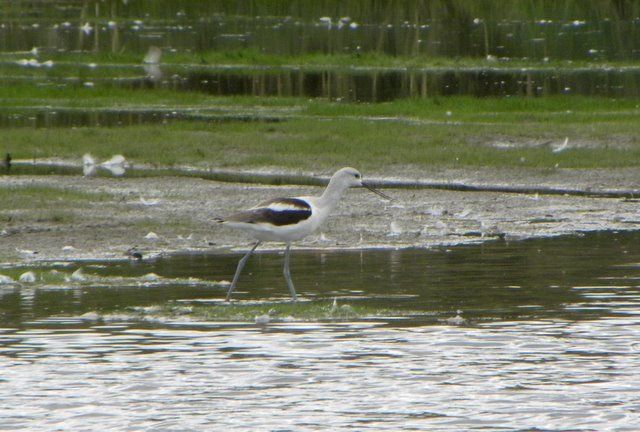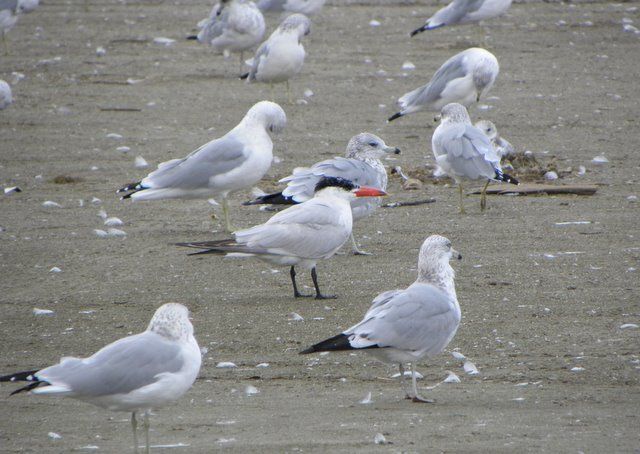Birding at the Conneaut harbor
Birding at the Conneaut harbor
Bruce Glick writes about the birds, especially those found in Ohio and around our local area. This week he reports on a trip to northeast Ohio and the harbor at Conneaut. For more, see the Gone Birding column.
Most of the time when we spend a day birding in northeast Ohio, it is to look for migrating raptors in the spring. However, the fall migration season also draws birders to this small town tucked away in the far northeastern corner of the state. And the birders dont come just from Ohio. In fact last week I met a birder there who drives regularly from Toronto, Ontario to see and photograph birds around the harbor at Conneaut.
There were hundreds of gulls on the sandbars on the west side of the harbor. Most of them were Ring-billed, but there were also Herring Gulls and small numbers of Bonapartes. Among all these gulls was one lone Caspian Tern, easily separated from the gulls by its strong, dark- red bill and black cap.
Caspians are big, actually the largest of all the tern species in the world. They are an impressive bird. I like Richard Crossleys description in his new book The Crossley ID Guide: a real bruiser – its mean appearance matches its screaming call, aargh. Crossley goes on with the description: heavy-set, short-tailed, thick-necked, with a broad head. Wings broad and less angular (more gull-like) than in other terns.
Caspian Terns nest on large inland lakes and marshes across a wide area from the northeastern parts of Canada to the prairies and the northwest. They migrate south and spend their winters along the coastal beaches and salt marshes.
One lone American Avocet was feeding along the edges of the wet sandy spit. It was quite active, moving around the beach looking for food. The birder from Toronto said that the Avocet had been there for some time. This is a bit unusual in Conneaut since many shorebirds and gulls come and go. Birders who stay around all day often report a wide variety of species, many of which only stayed for a short time before moving on.
Avocets are large shorebirds, 18 inches in length, and have a distinctive shape. They have long legs and a long neck, but it is the lengthy upturned bill that really sets them apart. During the breeding season the adults have a beautiful orange color on the head and breast but during the winter the birds are black and white.
Although American Avocets nest in the western part of the country, they can show up almost anywhere in the east, and like Caspian Terns, they winter along the southern coasts and in Mexico.
Good birding!
Bruce Glick
birderbruce@yahoo.com
330-317-7798




